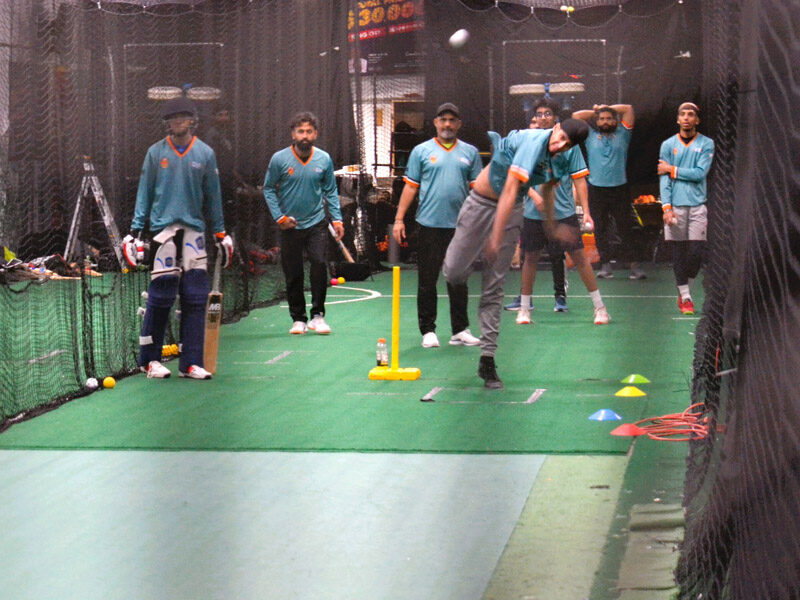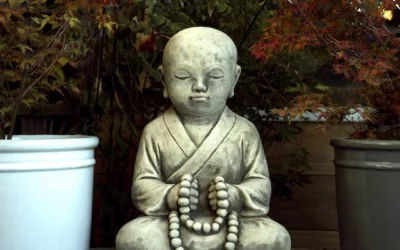The mental approach is such an essential part of the game. You can double your success as a cricketer with the right mental approach. Yet it is rarely coached & its importance is seldom valued. It is very crucial to prepare mentally for a game of cricket. You won’t even think to go unprepared for an exam! To prepare for a cricket match, you need to think through and picture in your mind all the possible situations and scenarios you might encounter. The preparation does not stop at a match. Use the warm-up to get yourself into the right frame of mind, and get your focus.
You have not come to the ground on a Saturday to waste six hours messing around with your friends. But you have five days in the week to do this! You have come to the ground to score runs, take wickets, and field well so focus on that and do not allow yourself to be distracted by your friends. When you are the next to go and bat, go and sit away from your friends. Start observing what is happening out in the middle. Start refining your preparation and make plans for what you are going to do. Continue to use visualization and picture yourself doing certain things. Now when you walk out to bat, you will be prepared & you will know what to expect.
Importance of Mental Approach
This visualization should never make you anxious. It should be positive but realistic. You can imagine yourself doing good things in the match. Don’t do not unrealistic things like hitting the first six balls you face for six. Use visualization between deliveries when you are in the middle. As a bowler, constantly strategize in your mind as to what exactly you have to do to either restrict the opposing batsmen from scoring runs or ultimately get them out. While you are bowling try to assess what you are doing well. You must know which areas of your bowling need to be addressed and improved upon right away! Even when you are fielding, think of the possible things that could happen in the position that you are fielding in.
Use visualization now and then to prepare yourself. When any situation happens that you have already imagined, you will react more quickly. You certainly won’t be taken by surprise. In each department of the game; batting, bowling, and fielding always be prepared both physically and mentally. Your mind should always be active at all times. Cricket is a game of minor margins, and your mental acuity might give you that extra edge toward your success!




